Embroidery machines had been the popular tapestry equipment used for ease of stitching and designing of the garments and home decorations.
In modern times, there were vast of manufacturing plants that produced different brands and features of an embroidery machine.
One of which is the famous brand – Brother. As the name suggests, it is one of the prominent and largest manufacturing brands that can produce thousands of machines per month with thousands of staff operators and producers.
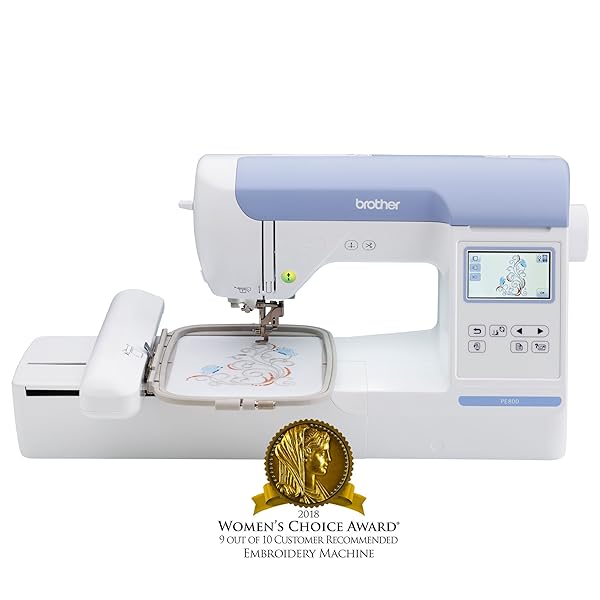
Instead of doing hand embroidery, you can trust the Brother embroidery machine because it features thread coloring, jump, stitch count, stop, trimming, density, and weave. You can even set your favorite logo and integrate it with the machine’s system.
Many tailors have been asking, “what embroidery file format for Brother is applicable?”. In this context, you will know the significance of the format and compatibility of the format of your embroidery machine’s software.
Choosing the Right Embroidery File Format for Brother
If you have a hard time verifying the appropriate format for your Brother embroidery machine, you can follow these 3 step guidelines so that you can assure what is the right format to look for a design and install in your machine’s system.
1. Check the Model
Most of the Brother embroidery machine models are installed with PES readers. When you encounter design with a file extension .pes format, therefore, it is safe to say that this is an applicable extension file for a Brother embroidery machine.
By the way, what does a .pes stand for?
A .pes refers to physics editor sheet file and this format is invented for embroidery machines such as Brother embroidery machines.


Usually, every single stitch requires a two (2) to four (4) bytes (2B to 4B) hexadecimal data to come up with a stroke. Just imagine, how many bytes does a design contain if you’ll count every stitch of it, probably, a thousand or more.
Furthermore, every Brother embroidery machines have different versions of their units. The oldest unit has a PEC extension file format version 1.0 while the latest have a PES 6.0 version.
To know more about their format, software, and sewing size, you may also refer to this link.
2. Read the Manual
Another option to know what format to be used is to follow the instructions written on the user manual. It incorporates the details of the machine, how to operate it, and the pre-program extension file compatibility.
Usually, most of the embroidery machine’s packages include a CD or DVD tutorial sessions for setting up the embroidery. You may also check the settings of your embroidery machine and look for its general settings to know the available formats before downloading and installing a design.
Like the other gadgets, an embroidery machine has also device information so that the user will know the compatibility feature of the machine.
Knowing everything at this point, you’re now ready to download and install your favorite cartoon characters, Aztec patterns, anime casts, or floral designs on your machine. Either you look for a free design on the internet or pay a subscription for acquiring a good design.
Either you look for free design on the internet or pay a subscription for acquiring a good design.
3. Test the Embroidery Machine
After downloading the design that you desire, test the embroidery machine first by trying out a small portion of the stitch.
Place a textile as a test sample to know if the design runs smoothly and if it is compatible with the machine. Make sure to adjust the appropriate settings and features of the machine for your test activity.
If the design comes out naturally on your fabric, then you may now start doing embroidery stitches for your tapestry masterpiece.



Conclusion
All throughout this segment, you’re now sufficed with essential information specifically in choosing the appropriate format for your Brother embroidery machine.
Just remember these three (3) initials – CRT and recall the check, read, and test sewing machine procedures.
The first thing to observe, always check the model and see if the format of the designs is compatible with the machine’s system. Furthermore, proper installation of your embroidery software is the right way to set up your designs.
You will not surely get a system error when you follow the instructions and operations accordingly.
Finally, test the design before you concentrate on your embroidery so that you will know if the software runs smoothly or not. You may now download, install, or purchase preferred designs for your fabric and begin the professional embroidery using your Brother machine.
Have a wonderful design on your tapestry and show off what you’ve got!

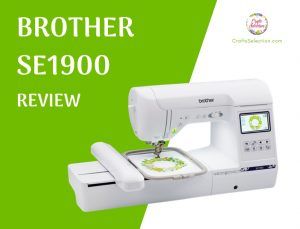
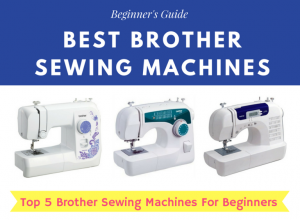
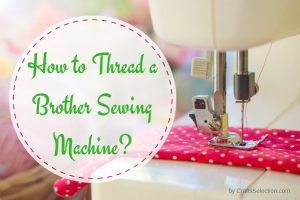
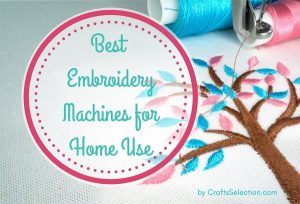
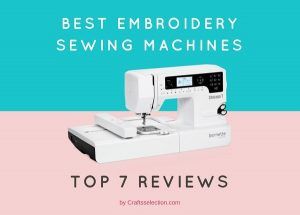
How can I get a file conversion to go from .jpeg or .bmp to .pes format
Hi Urson,
So, you’re looking to convert .jpeg or .bmp files into .pes format for your embroidery work? It’s a bit tricky because .pes is a unique embroidery file format used by Brother machines. It’s not just about converting an image; it involves translating the image into a set of instructions for the machine, like stitches, colors, and so on. But, don’t worry! There are a few ways to get it done:
Embroidery Software: You’ve got some paid options like Embird Studio, Wilcom EmbroideryStudio, and Brother PE-Design. These come with built-in digitizing tools that can transform your image into an embroidery design, with room for further customization. Free software like SewArt and Inkscape with the Ink/Stitch plugin can also do the job, but they might need more technical know-how and may not give you as much control.
Online Conversion Services: A number of online services claim to convert images to .pes format. Take these with a grain of salt though. The quality might not be top-notch, especially for complex images, and there could be security risks or costs involved.
Mix and Match: For simpler designs, you could try tracing the image in a vector graphics program like Inkscape, then use a plugin like Ink/Stitch to convert it to a basic embroidery file. It’s a bit of a learning curve but can be cost-effective for straightforward designs.
Hire a Pro: If your design is complex and you want high-quality results, consider hiring a professional embroidery digitizer. They’ll create a custom .pes file just for you, ensuring optimal stitching results.
Hope this helps.